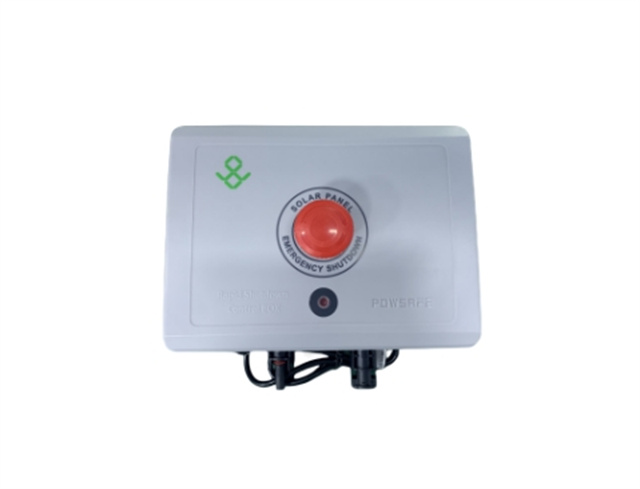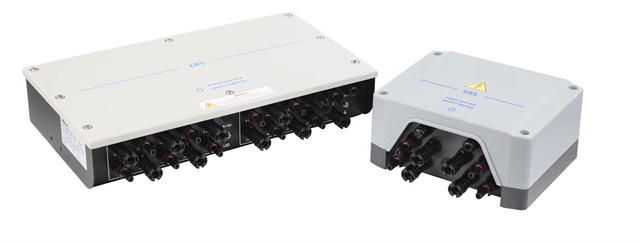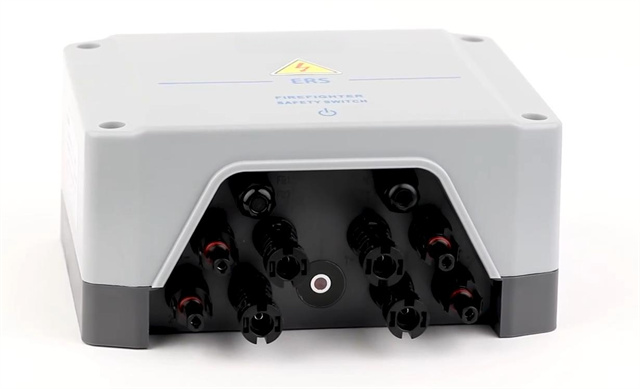Author:BLD Solar Energy SystemFROM:Solar System Converter Manufacturer TIME:2023-11-17
Introduction:
Solar energy has become an increasingly popular source of renewable energy, providing both environmental and cost benefits. However, the installation and maintenance of solar panel systems require careful consideration of safety measures, including rapid shutdown mechanisms. This simplified installation guide aims to provide step-by-step instructions for implementing a Solar Rapid Shutdown system.

Solar Rapid Shutdown is a safety feature that allows emergency responders to rapidly deactivate a solar panel system during an emergency situation. It ensures the safety of firefighters and other personnel by reducing the risk of electrical hazards and enabling quick access to the building.

The first step in installing a Solar Rapid Shutdown system is selecting the appropriate equipment. This includes rapid shutdown devices, module-level power electronics, and communication equipment that enables control and monitoring of the system.

Before installation, it is essential to plan the layout of the system. Consider factors such as the location of the solar panels, the type of roofing, and the distance from the rapid shutdown devices to the panels. This ensures optimal functionality and compliance with safety regulations.
The next step involves wiring and connecting the components of the Solar Rapid Shutdown system. Follow the manufacturer's guidelines to properly connect the rapid shutdown devices, power electronics, and communication equipment. Ensure all connections are secure and meet electrical code requirements.
After completing the installation, it is crucial to test the Solar Rapid Shutdown system to ensure its proper functioning. Test the emergency shutdown procedures and verify that the system deactivates as expected when triggered. Regular testing and maintenance should be performed to guarantee ongoing safety and compliance.
Before operating the Solar Rapid Shutdown system, it is necessary to obtain the required permits and schedule inspections. Contact your local authorities to understand the specific regulations and procedures for solar panel installations in your area.
Proper training on the operation and maintenance of the Solar Rapid Shutdown system is essential for both installers and end-users. Create comprehensive documentation that outlines system specifications, emergency shutdown procedures, and troubleshooting guidelines. Provide this information to relevant personnel.
Regular maintenance and monitoring are crucial for the efficient and safe operation of the Solar Rapid Shutdown system. Conduct routine inspections, check for any signs of wear or damage, and address issues promptly. Additionally, monitor the system's performance and ensure it meets the expected standards of efficiency.
Implementing a Solar Rapid Shutdown system is a critical step in ensuring the safety and functionality of a solar panel installation. By following this simplified installation guide, you can streamline the process and adhere to essential safety measures. Remember to consult industry guidelines, seek professional assistance if needed, and prioritize ongoing maintenance and testing for optimal system performance.
